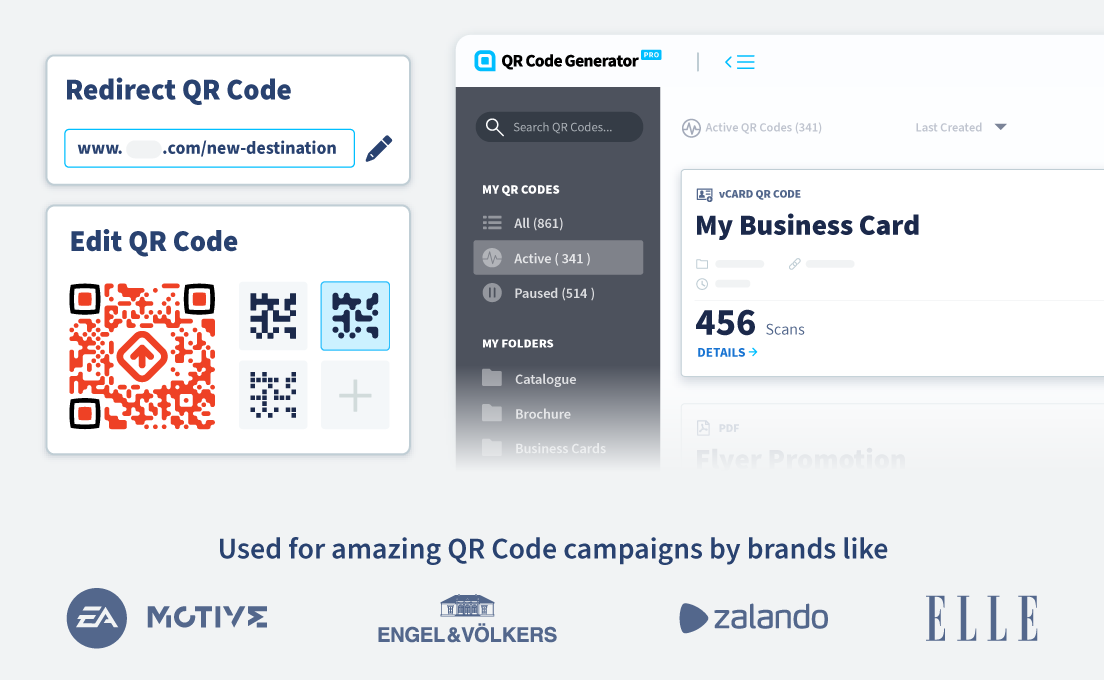
- Best Practices ●
- COVID-19 ●
- Industry Trends ●
- Partners ●
- Product ●

Staff pick Best Practices
The Role of QR Codes for Sustainable Packaging in CPG
Learn eco-friendly packaging ideas using QR Codes for sustainability.

Best Practices● Sep 09, 2025
How to Use QR Codes at Farmers Markets (And Why You Should)
Use QR Codes at farmer markets for payments, tracking, and engagement.

Industry Trends● Sep 08, 2025
The Complete Guide to Digital Payment with QR Codes
Learn how QR Codes simplify secure, trackable digital payments.

Best Practices● Sep 08, 2025
How to Scan a Snapcode (+ How to Create Your Own Snapchat QR Code)
Master scanning Snapcodes with Snapchat to connect, share, and explore.

Product● Jul 31, 2025
How to Create a QR Code Landing Page: Step-By-Step Guide
Learn how to create QR Code landing pages in 9 easy steps.

Best Practices● Jul 31, 2025
How to Create a QR Code Survey to Gather Feedback (+ Use Cases)
Get insightful feedback easily with QR code surveys using these steps.

Product● Jul 31, 2025
How to Use a Batch QR Code Generator to Make Multiple QR Codes
Find out how to use a batch QR Code generator to make all the codes you need.

Product● Jul 30, 2025
7 Best Uniqode Alternatives for QR Code Generation
Explore 7 Uniqode alternatives for QR Code generation, suited for businesses of all sizes.

Industry Trends● Jul 28, 2025
QR Code Advertising: How to Integrate QR Codes into Your Ads
Want to make your ads stand out? Give your ad the ultimate glow-up with QR Codes!

Best Practices● Jul 23, 2025
How to Use QR Codes on Clothing for Your Marketing Strategies
Learn about the benefits and marketing strategies behind using QR Codes on clothing.

 Add custom colors, logos and frames.
Add custom colors, logos and frames.
